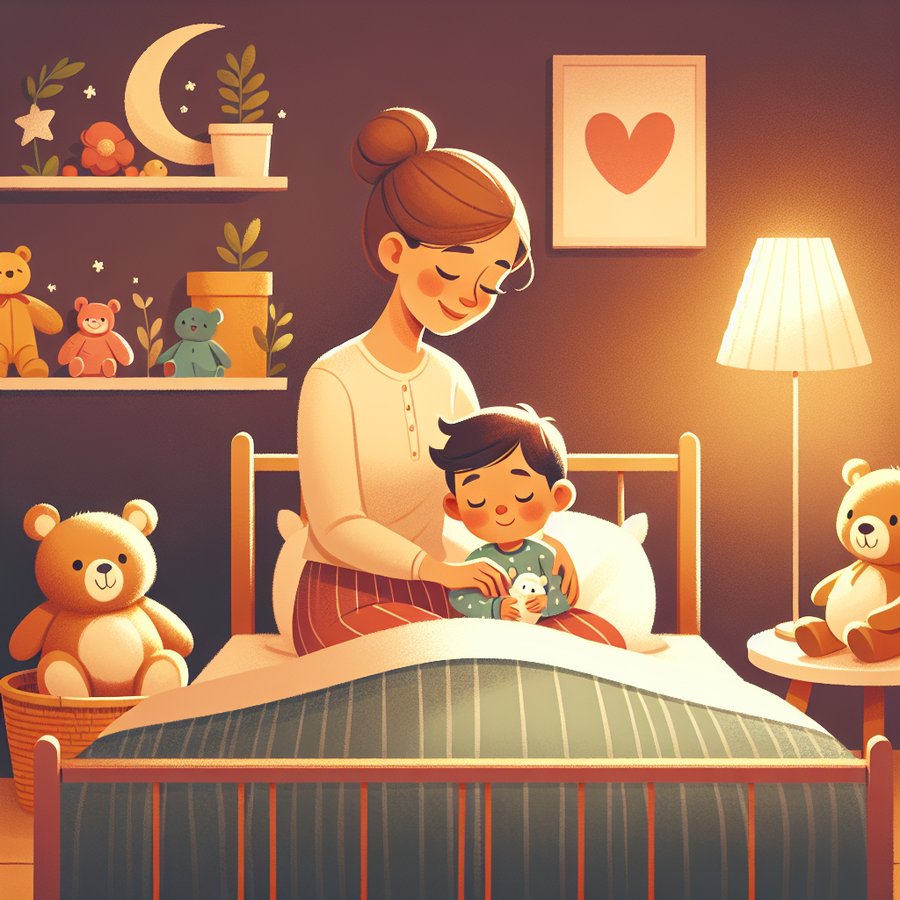Easing separation anxiety at bedtime for 2-year-olds can be a challenging yet rewarding journey for parents and caregivers. As toddlers become more aware of their surroundings and start to understand the concept of separation, bedtime can become a battleground filled with tears and tantrums. This article aims to provide comprehensive strategies and insights into making bedtime a peaceful endeavor, turning those tears into zzz’s.
Understanding Separation Anxiety in Toddlers
Separation anxiety is a normal part of development for young children, especially around the age of two. It’s when children start to understand that they are separate entities from their parents and may begin to experience anxiety when apart from their primary caregivers. This phase, although challenging, is a sign of healthy attachment and development.
To better understand this phenomenon and how it affects sleep, we can look at studies such as those cited by the National Institutes of Health, which highlight the impact of separation anxiety on children’s sleep patterns. Recognizing the signs of separation anxiety is the first step towards addressing them.
Easing Separation Anxiety at Bedtime for 2-Year-Olds
Easing separation anxiety at bedtime for 2-year-olds involves a combination of consistency, comfort, and communication. One effective strategy is establishing a predictable bedtime routine that can provide a sense of security and familiarity. This might include activities such as a warm bath, reading a favorite book, or listening to calm music.
It’s also beneficial to keep the bedtime environment consistent. Ensuring the room is conducive to sleep, with comfortable bedding and an optimal room temperature, can make a significant difference. For more on creating an ideal sleep environment, consider reading about ideal room temperatures for baby sleep in winter and optimizing the nursery for sound sleep.
Strategies to Implement Beyond Bedtime
Easing separation anxiety at bedtime for 2-year-olds isn’t only about what happens at night. Daytime activities and routines also play a crucial role. Engaging in regular playtimes, especially ones that encourage independence, can help toddlers feel more secure when it comes time to separate at night. Additionally, discussing feelings and using storytelling to address fears can be powerful tools.
Another strategy is to introduce transition objects, such as a favorite stuffed animal or blanket, which can provide comfort and a sense of security during the night. For insights into choosing appropriate sleep aids, exploring options like safe sleep aids for babies can be helpful.
In conclusion, easing separation anxiety at bedtime for 2-year-olds requires patience, understanding, and a consistent approach. By incorporating these strategies and seeking out additional resources, such as those found at Baby Whys and Hows, parents and caregivers can help make bedtime a more peaceful and positive experience for everyone involved.
Remember, every child is unique, and what works for one may not work for another. It’s important to be flexible and open to trying different strategies until you find what best suits your child’s needs.













